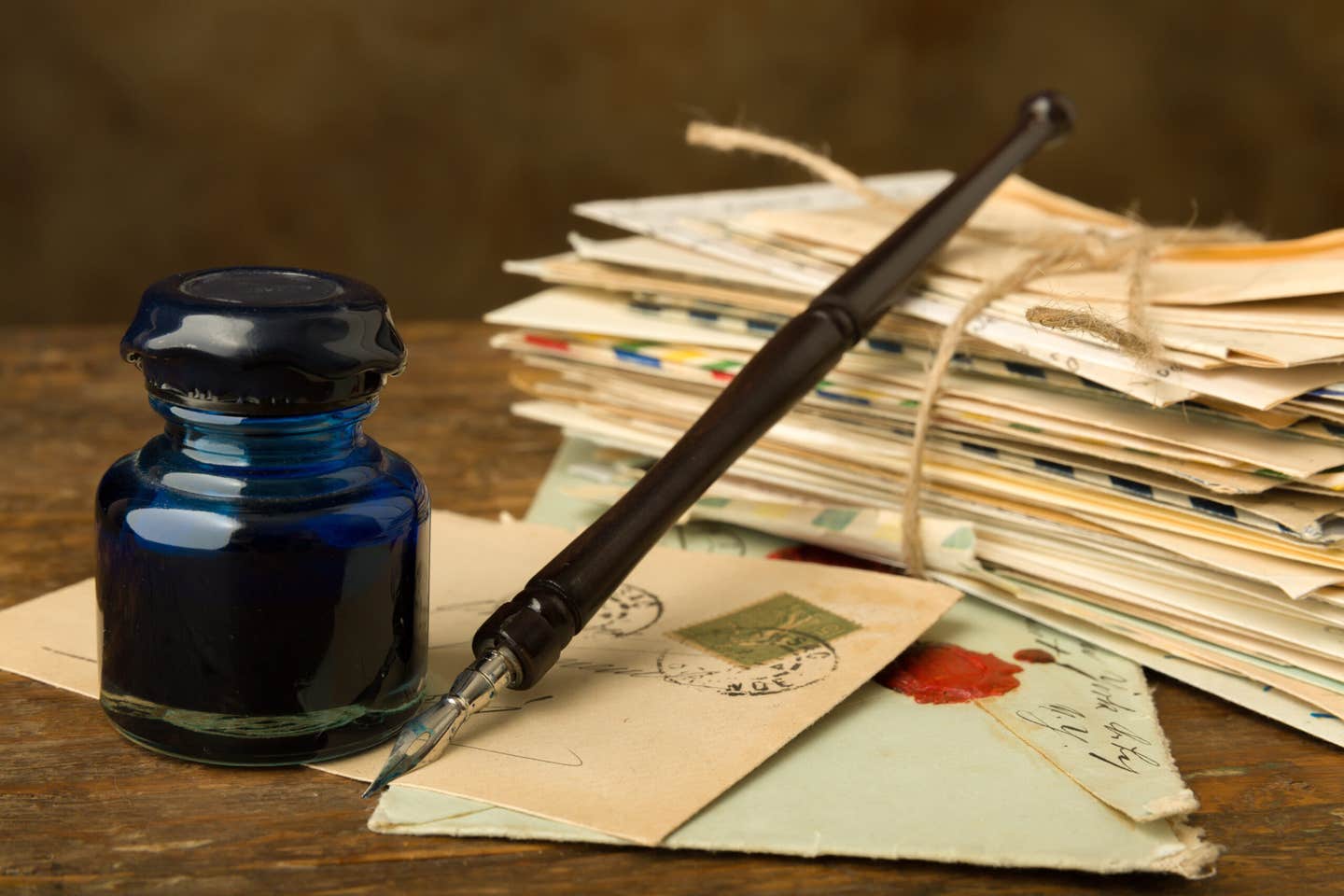Star Varieties for 1798/97 Gold Eagle
It should come as no surprise that the first gold eagles of the United States are very tough coins. After all, back in the 1790s, a $10 gold coin was…
It should come as no surprise that the first gold eagles of the United States are very tough coins. After all, back in the 1790s, a $10 gold coin was a lot of money for almost everyone. It had not been that long prior to the 1790s that a rather desperate George Washington was trying to convince the troops to extend their enlistments. Since patriotic duty was having little impact, Washington offered to increase their pay from $6 per month to $10. He had his troops, and America eventually had its independence.
The early gold eagles had small mintages, but they also seemingly had a very small demand. We see that today as they show very limited signs of use. It appears that the average early gold eagle went basically from the Mint to a bank vault, where it served as a reserve. The amount of use in everyday transactions, however, appears to have been minimal.
Decades later, there would be branch mints at Dahlonega, Ga., and Charlotte, N.C. Those two facilities only made gold coins, yet they never made a gold coin above $5, probably because there was no demand.
In addition to the small mintages, the early gold eagles were frequently found with varieties, which was typical of the Mint at that time. If a die was not completely worn out, it would be saved and perhaps used later in the year, or even later still. Little things like identical designs and correct dates were seen as less important than keeping costs down.
We see any number of cases where dies were used well after they were made, but we also see other indications of cost-cutting resulting in sometimes interesting and unusual issues as well. The 1798/97 is one of those cases. There is a date that actually suggests that there was no correct 1798 gold eagle production, but rather that all were the overdate.
There were also two major varieties that involved the stars on the obverse. On some examples there are nine stars on the left and four on the right, while others have seven stars on the left and six stars on the right.
There are even mintages of the two. The 9 stars left, 4 stars right variety is logged at 900 coins, while the 7 stars left, 6 stars right variety had a reported mintage of 842.
In theory, a difference of just 58 coins in the mintage of the two should make them basically identical in availability today, yet the 9 stars left, 4 stars right is $11,000 in F-12, while the 7 stars left, 6 stars right is more expensive at $40,000 in the same grade. In MS-60, the 9 stars left, 6 stars right is at $125,000 while the 7 stars left, 6 stars right is $435,000. The grading services support the prices. Professional Coin Grading Service reports just 33 examples of the 9 stars left, 4 stars right variety but only seven examples of the 7 stars left, 6 stars right variety. Numismatic Guaranty Corporation reports 24 examples of the 9 stars left, 4 stars right variety but only four examples of the 7 stars left, 6 stars right variety.
The grading service totals cast doubt about the conventional wisdom in terms of the mintages and numbers known. It is certainly possible that the mintages were as listed and that it was the survival rates that were vastly different. However, the significant differences today makes one question the official totals, which at the time were frequently wrong.
Conventional wisdom also has it that the more available 9 stars left and 4 stars right might have a total of roughly 100 examples still known today. With a current grading service total of just 57, it seems optimistic to think that there are 43 more. There might be a few just as there might be a few more 7 stars left, 6 stars right that has not been graded, but it appears that the likely total for the 9 stars left, 4 stars right is 75 or less, while the 7 stars left and 6 stars right could well be under 25 pieces known today.
Whatever the real totals, these are tough coins and interesting ones well worth consideration and study.
This article was originally printed in the 5/26 issue of Numismatic News.
As an Amazon Associate, Numismaticnews.net earns from qualifying purchases made through affiliate links.









